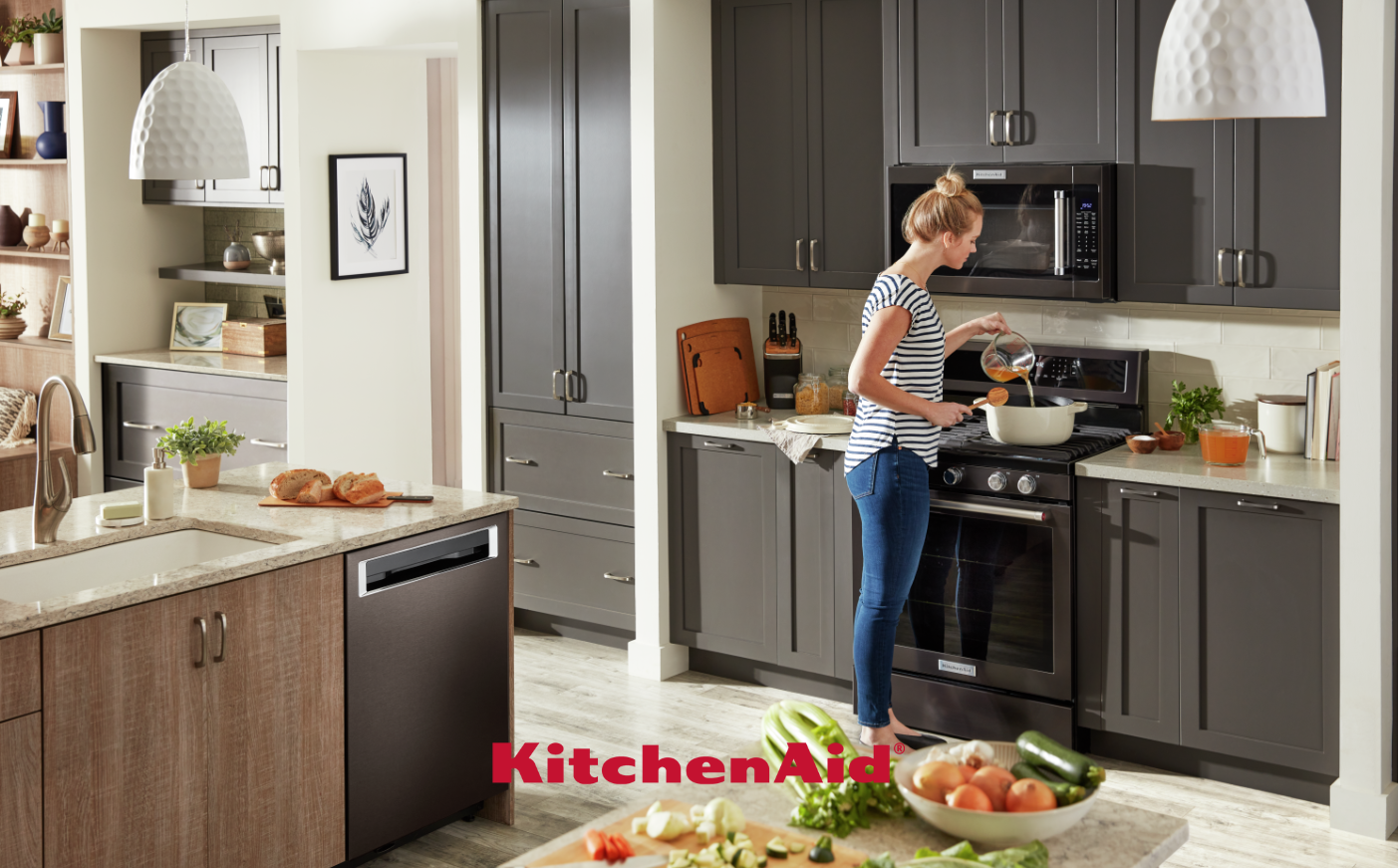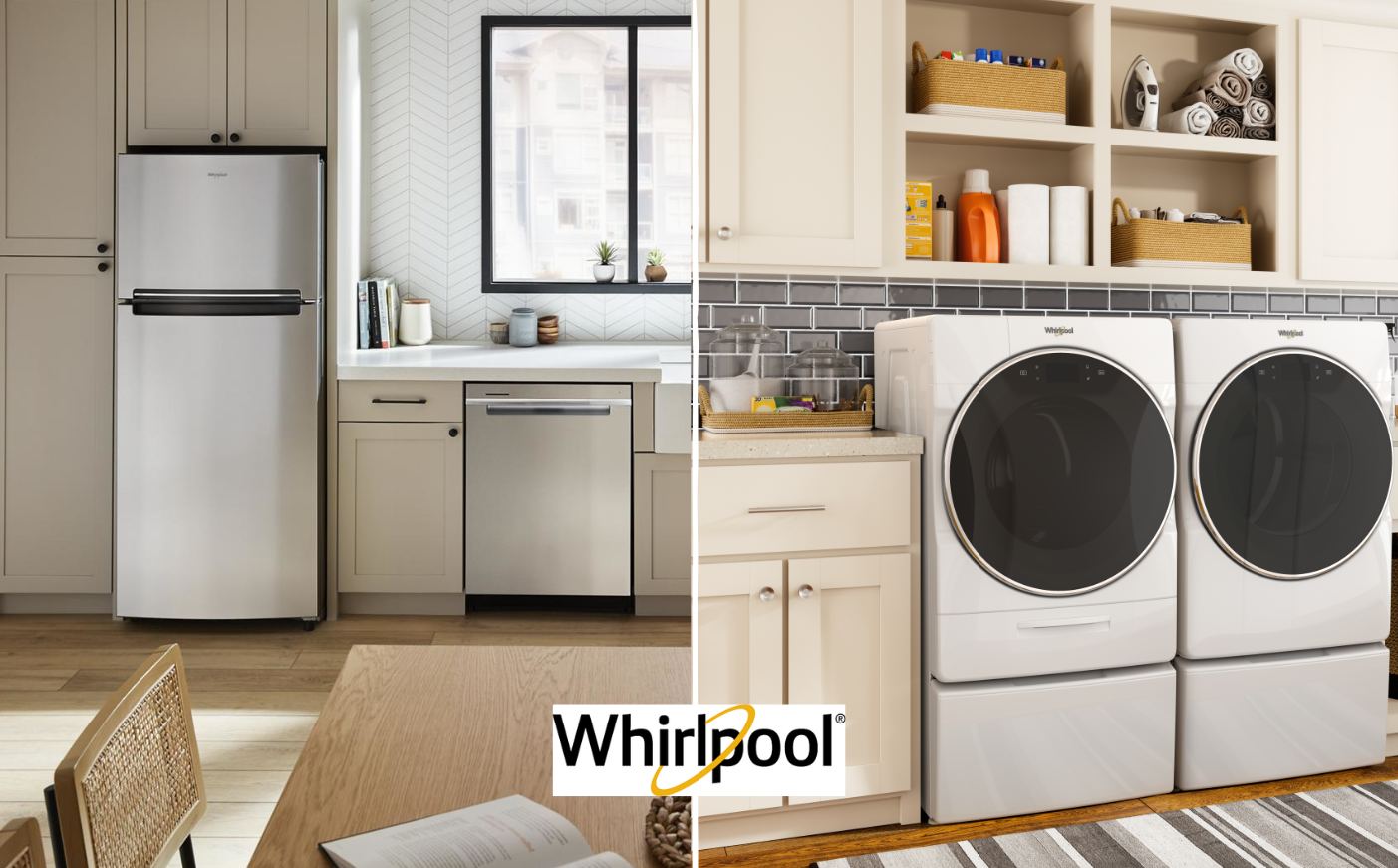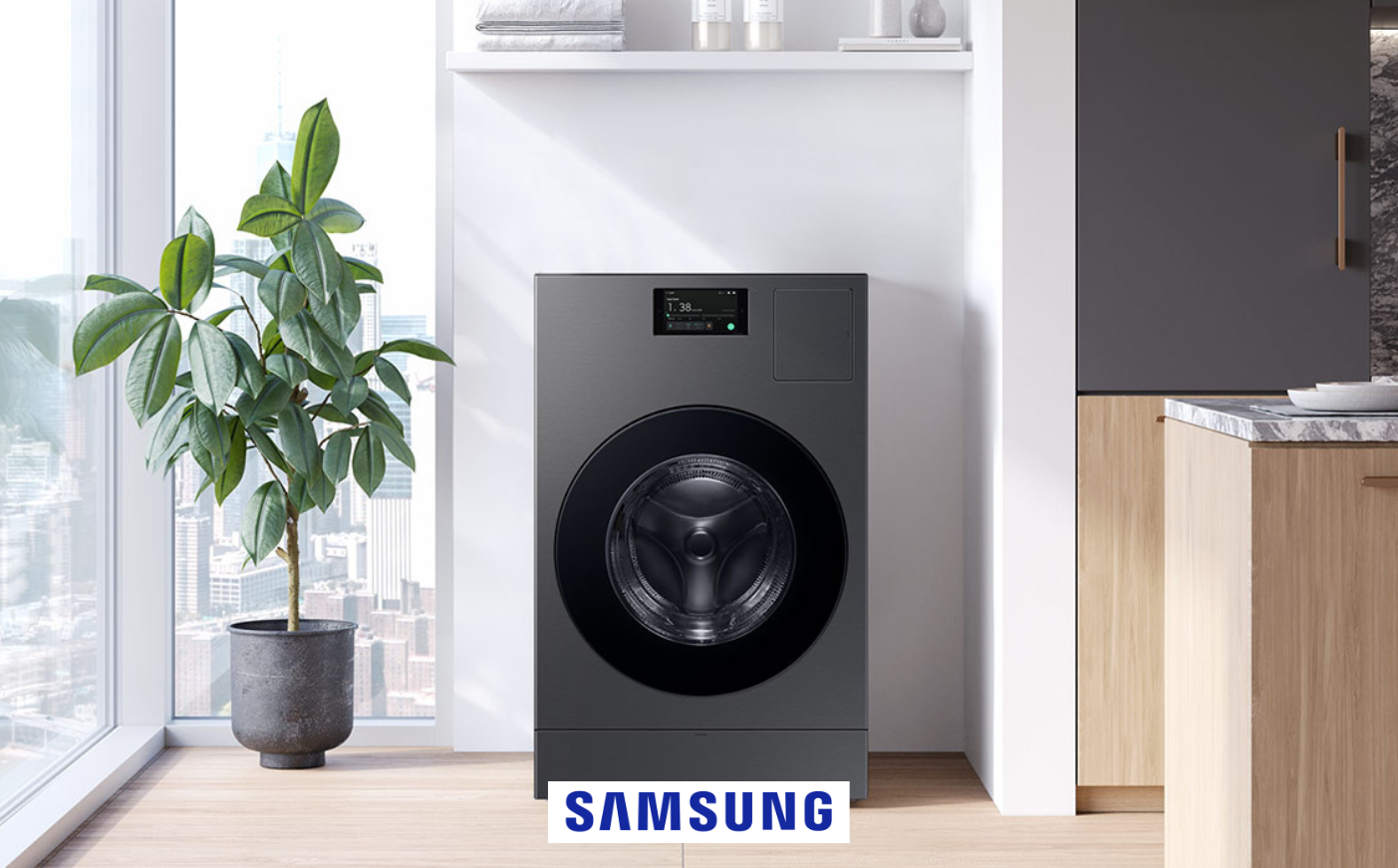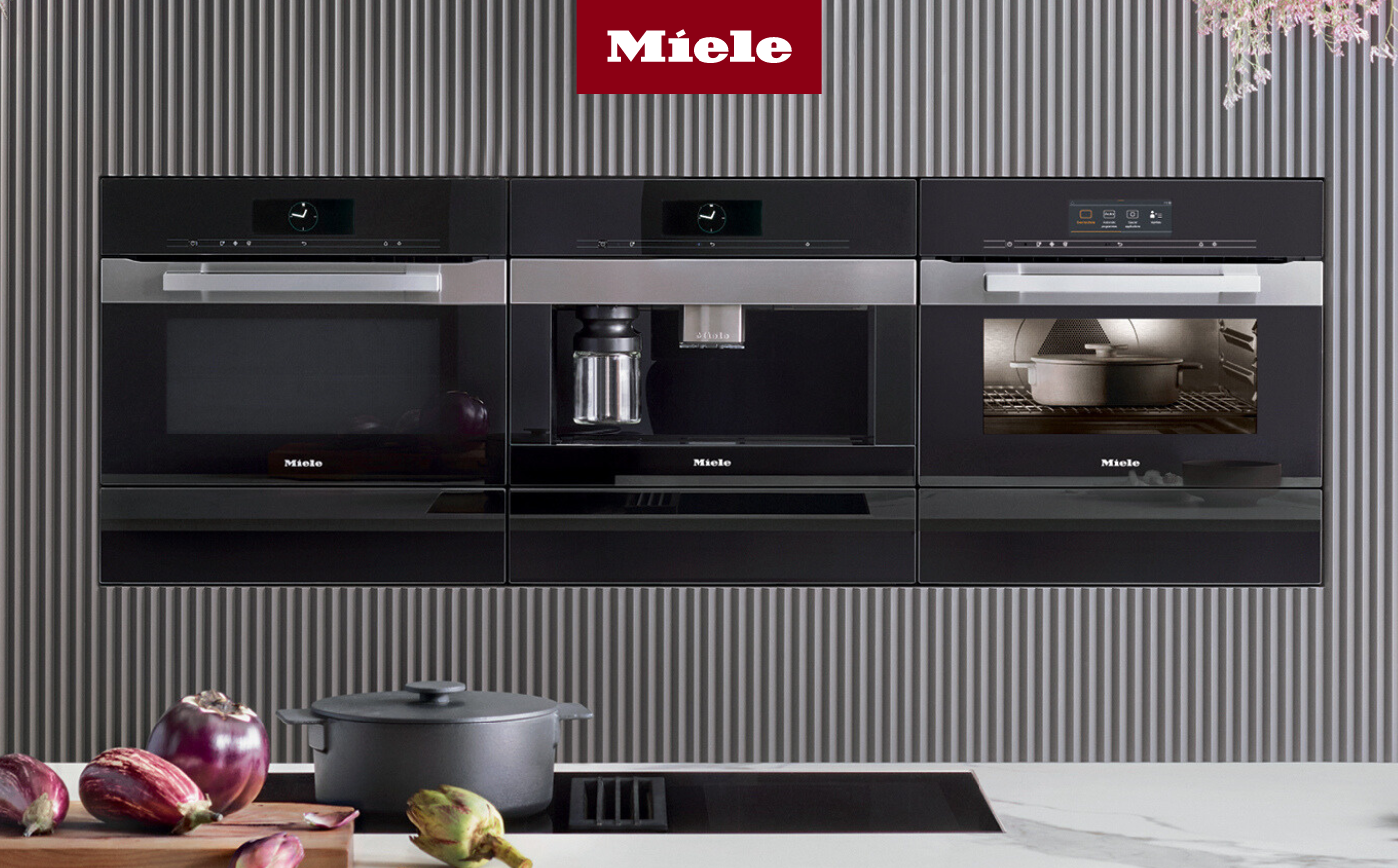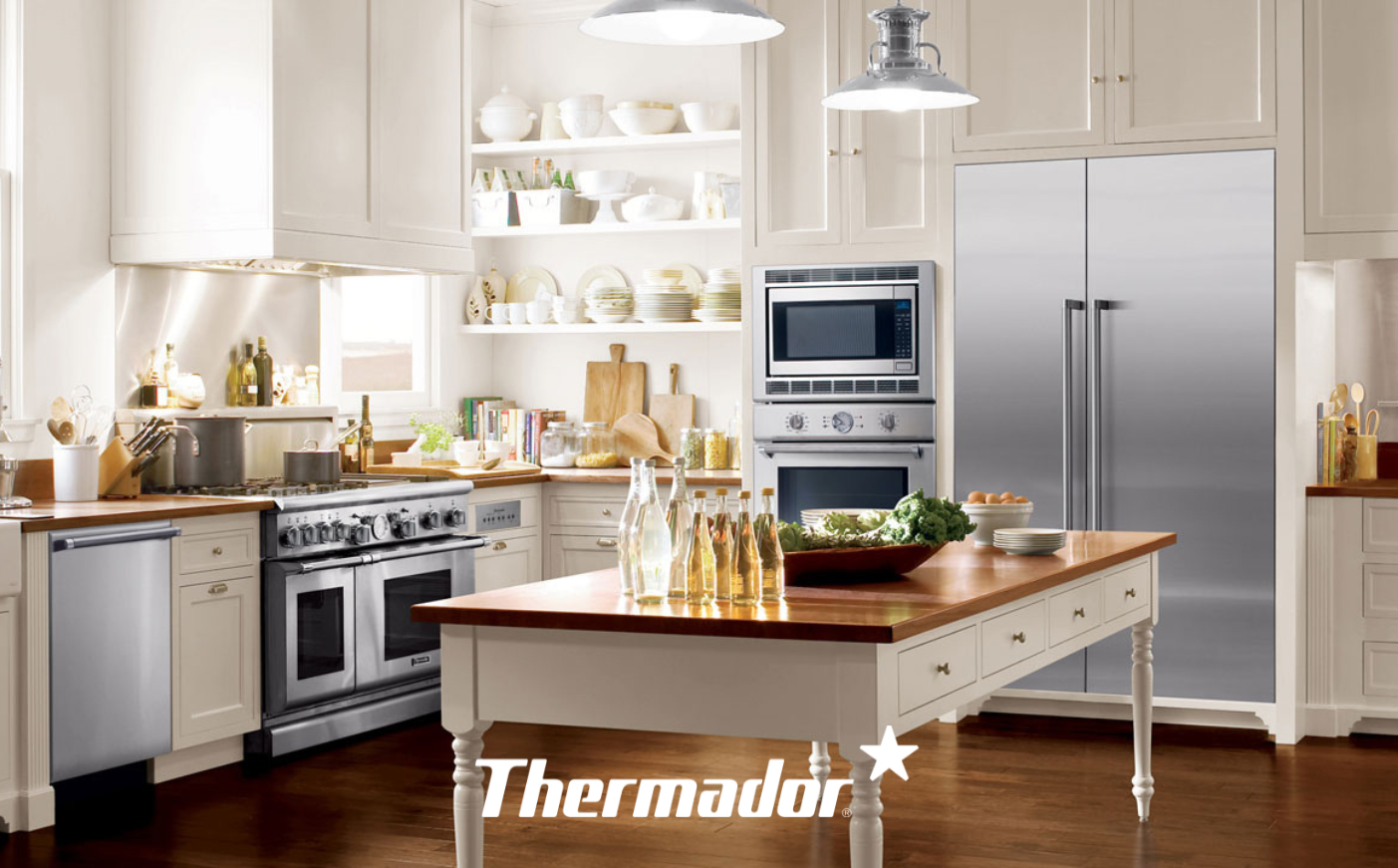The heart of every kitchen lies in its stove, the epicentre of culinary creativity. However, a stove’s efficiency, longevity, and safety hinge significantly on its cleanliness. A neglected stove, with accumulated grease and burnt food remnants, can lead to undesirable consequences, from unpleasant smoke and odours to potential kitchen fires. While each stove type may have its specific cleaning instructions outlined in its manual, there are universal practices that apply to all.
In this article, we’ll cover:
How Often to Clean a Stove
Cleaning your stove is not just about appearance; it’s crucial to kitchen hygiene and safety. The frequency of cleaning, however, may vary based on several factors, each demanding a tailored approach.
-
Type of Stove: Different types of stoves require different care. For instance, gas stoves often have removable parts and may need more frequent attention due to food spills accumulating around burners. Conversely, electric or ceramic stoves have a smooth surface, which makes them easier to wipe down daily, but they might require more intensive cleaning less frequently to address any hard-to-see residue that may accumulate.
-
Cooking Habits: Your cooking habits significantly influence how often you need to clean your stove. If you cook daily, especially meals that involve frying or simmering sauces, regular cleaning is vital to avoid hardened, stubborn grime. Less frequent yet consistent cleaning should suffice if your stove sees light use.
-
Type of Cookware: Certain types of cookware, like cast-iron pans, can leave additional residue or even scratch the stove surface. If you use such utensils, consider cleaning your stove more often.
-
Kitchen Ventilation: Good kitchen ventilation reduces grease buildup on your stove, especially during high-heat cooking. If your kitchen lacks robust ventilation, you may need to clean your stove more often.
Here are some tips to keep your stove cleaner for longer:
-
Prevent spills: Use lids on pots and pans to minimize splashes and spills.
-
Wipe as you go: Clean any spills immediately after they happen to prevent them from hardening and becoming more difficult to remove.
-
Use burner covers: These handy tools protect your burners from food spills and can be easily removed and cleaned separately.
Cleaning Supplies for Cleaning a Stove
Keeping your stove pristine involves the right combination of cleaning tools and materials. Let’s break them down:
Cleaning Tools
-
Soft Cloth or Sponge: A non-abrasive cleaning tool like a soft cloth or sponge is indispensable for stove cleaning. They provide a gentle yet effective way to scrub away dirt and grease without scratching the stove’s surface.
-
Cleaning brush/Soft-bristled paint brush: These tools are perfect for accessing hard-to-reach areas, particularly around knobs and burners, thanks to their slim design and soft bristles.
-
Plastic Scraper: This can help lift off residue without causing surface damage for tougher, burnt-on stains.
-
Spray Bottle: A spray bottle allows you to distribute your cleaning solution evenly across the stove surface. This is especially handy when using DIY cleaning solutions like vinegar and water mixture.
-
Microfiber Cloth: After any wet cleaning method, it’s essential to dry your stove to avoid water marks or rusting. A microfiber cloth is excellent for absorbing water efficiently and leaving a streak-free shine.
Cleaning Materials
-
All-Purpose Cleaner: An all-purpose cleaner acts as a versatile cleaning agent that helps remove stubborn grime and food particles from the stove surface. Always ensure the cleaner you choose is safe for your stove type.
-
Baking Soda and Vinegar: This dynamic duo offers a natural, DIY cleaning solution that effectively tackles stubborn stains and burnt-on food. Baking soda acts as a gentle abrasive, while vinegar cuts through grease and grime.
-
Dish Soap: For a light cleaning, a solution of warm water and dish soap can be effective and easy. It’s great for cutting through minor grease buildup and keeping the surface shiny.
How to Clean a Glass/Electric Stove: Step-by-Step Guide
Glass or electric stoves require special care to prevent scratching and maintain their glossy finish. Here’s a comprehensive guide to cleaning your glass/electric stove:
-
Safety Precautions: Start by ensuring the stove is switched off and has completely cooled down.
-
Wipe Down the Stove: Begin with a quick clean-up. Use a soft, dry cloth to wipe off loose crumbs or spills. This step helps prevent these substances from getting smeared over the stove during cleaning.
-
Apply a Glass Stove Top Cleaner: These specialized cleaners are designed to clean without scratching the delicate glass surface. Apply the cleaner according to the package instructions, typically by distributing a small amount evenly across the surface.
-
Gently Scrub: Use a soft cloth or non-abrasive sponge and gently scrub the surface, paying special attention to any hardened food spills or stains.
-
Remove the Cleaner: Once you have scrubbed the entire surface, use a damp cloth to remove the cleaner from the stovetop. Be thorough in this step to ensure no cleaner residue is left, as it can leave streaks or film on the surface.
-
Dry the Stove: After cleaning, dry the stove thoroughly with a microfiber cloth. This ensures a streak-free finish, maintaining the glossy look of your glass stove top.
-
Tackle Stubborn Stains: A glass-safe scraper can be used if any stubborn spots remain. Hold it at a 45-degree angle and gently scrape off the residue, taking care not to scratch the surface.
How to Clean a Gas Stove: Step-by-Step Guide
Cleaning a gas stove can seem challenging due to its various components, but with a systematic approach, you can keep it in top-notch condition. Here’s a detailed step-by-step guide:
-
Safety First: Begin by ensuring the stove is off and completely cool to the touch. As an extra precaution, turn off the gas supply.
-
Remove the Grates and Burner Caps: Gas stoves typically have removable grates and burner caps. Carefully lift these parts off the stove and set them aside for separate cleaning.
-
Pre-Clean Wipe Down: Use a damp cloth to wipe down the stove’s surface, removing any loose debris. This step makes the deeper cleaning process easier.
-
Apply Cleaner: If your stove is heavily soiled, you may want to use a commercial degreaser or a homemade cleaning solution of equal parts vinegar and water. Spray this solution onto the stove’s surface, avoiding the gas openings. Let it sit for a few minutes to loosen the grime.
-
Scrub: Use a cleaning brush or soft cloth to gently scrub the stove’s surface. Pay special attention to areas around the burners where food residue commonly accumulates.
-
Rinse and Dry: After scrubbing, rinse the surface of the stove using a clean, damp cloth. Make sure to remove all the cleaner residue. Once the stove is clean, dry it thoroughly using a microfiber cloth. This step prevents streaks and water spots.
How to Clean a Ceramic Stove Top
With their sleek and smooth appearance, ceramic stove tops can be the centrerpiece of a modern kitchen. However, their shiny surface can also show stains and smudges easily. Follow these steps to keep your ceramic stove top sparkling clean:
-
Safety Check: As always, safety comes first. Ensure that the stove is turned off and cool before starting the cleaning process.
-
Wipe Down the Surface: Start by wiping down the surface with a soft cloth or sponge to remove any loose debris. This preliminary cleaning helps prevent any scratch-causing particles from being moved around during the main cleaning process.
-
Apply a Ceramic Cooktop Cleaner: Ceramic stove tops require special cleaners that won’t damage the surface. Apply the cleaner per the instructions on the bottle.
-
Scrub Gently: Gently scrub the stove’s surface using a non-abrasive pad. Pay attention to areas with burnt-on food or stubborn stains.
-
Rinse: Once you’ve thoroughly cleaned the stove top, wipe it down with a damp cloth to remove any remaining cleaning product. Remember, the leftover cleaner can leave a filmy residue and impact the appearance of your stovetop.
-
Dry the Surface: To finish, dry the stovetop thoroughly with a clean, soft cloth. This prevents streaks and gives the ceramic top its characteristic shine.
-
Remove Tough Stains: If any stubborn stains are left, you can use a scraper specifically designed for glass or ceramic stovetops. Ensure the scraper is flat against the surface to avoid scratching.
Dos and Don’ts of Cleaning a Stove
Knowing the correct way to clean your stove can prolong its lifespan and keep it in top shape for culinary use. Here are some general dos and don’ts:
| Do | Don't |
|
Use a gentle, non-abrasive cleaner |
Use harsh chemicals or abrasive tools |
|
Dry the stove thoroughly after cleaning |
Leave the stove wet or damp after cleaning |
|
Follow your stove's manual |
Assume all stoves are cleaned the same way |
|
Clean spills immediately when safe to do so |
Allow spills to sit and become baked-on stains |
|
Use cleaning tools suitable for your stove type |
Use any cleaning tool without considering its effect on your stove |
|
Regularly clean your stove |
Neglect regular cleaning and let grime build up over time |
FAQs on How to Clean a Stove
What is the best way to clean the inside of the stove?
For a quick clean, wipe down the interior with a damp cloth after every use. Use a stove cleaner suitable for your stove type for a deep clean.
What is the best thing to clean a cooker with?
A mixture of baking soda and vinegar is an effective, natural cleaner. For stubborn stains, an all-purpose stove cleaner might be necessary.
How do you clean an electric stove?
Unplug the stove, then apply a gentle cleaner. Wipe down with a soft, damp cloth or sponge and dry thoroughly.
How do you clean a burnt stove?
For burnt-on food, apply a paste of baking soda and water. Let sit for 20 minutes and then scrub gently with a non-abrasive sponge.










